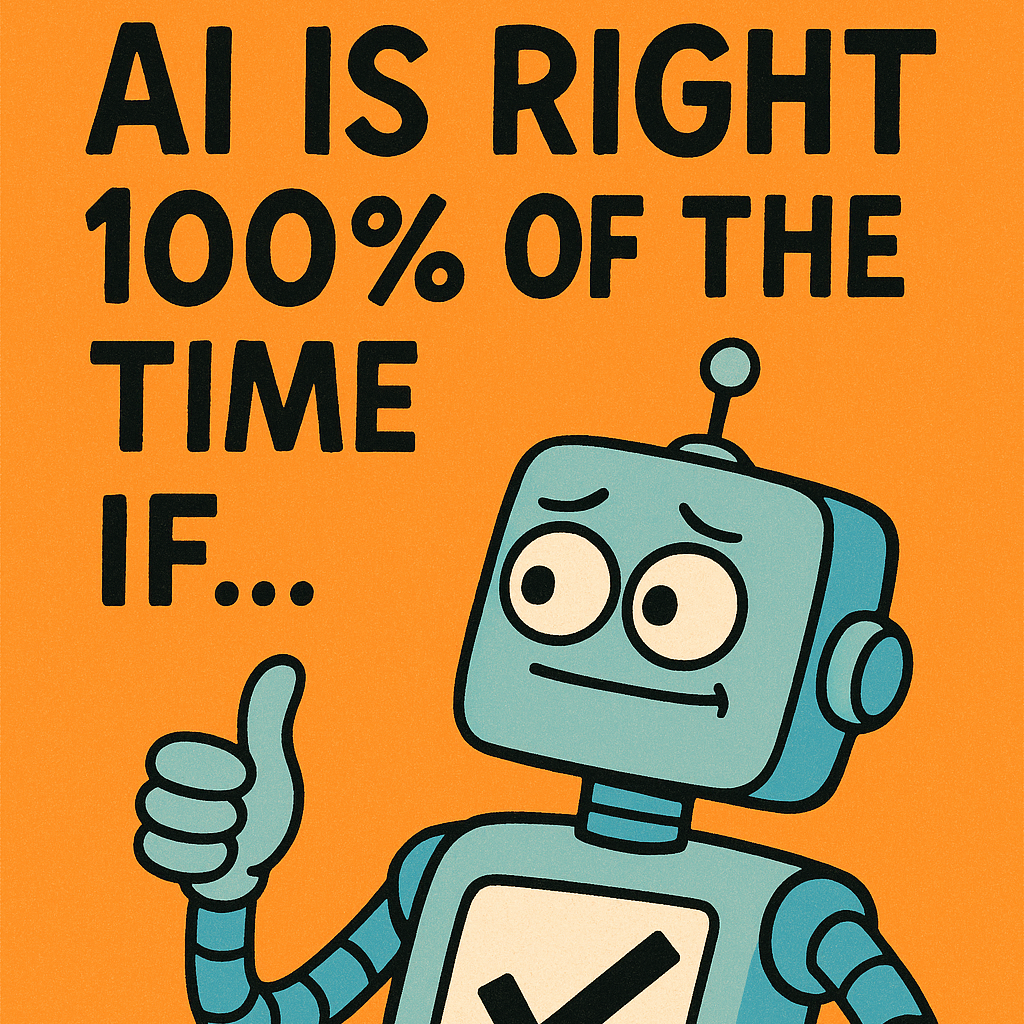
AI is accurate 100% of the time if...
AI
It has been a humbling month for AI. The conversation has quickly shifted from fear of AGI (Artificial General Intelligence) to fear of AGS (Artificial General Stupidity). Gary Marcus, the patron saint of LLM haters, has declared victory. Even Sam Altman is walking back his claims about AGI and is now warning that the AI market is in a bubble. This comes after recently pursuing a 7 trillion dollar chip-and-AI investment.
So what is going on?
Let’s return to the title of this post to find out - AI is accurate 100% of the time if: you view it as a model that (primarily) predicts the most probable next word (token), based on the words that came before it. It does this accurately 100% of the time.
Below is a simple demo of this in action. Enter any text, and the demo will show the top three tokens the model predicts could follow, along with their probabilities. This is real data from under the hood of ChatGPT, in this case GPT-4o-mini.
Peek Inside the Prediction Engine
So why do some people expect a word predictor to achieve AGI?
The reason is that no one truly knows how these models arrive at their next-word predictions. It’s probably not just brute force pattern matching and memorization. They also build complex internal representations that capture grammar, reasoning structures, and abstract relationships across billions of parameters within the layers of their neural networks.
The hope was that scaling these models with more data, more parameters, and more compute would unlock “emergent” capabilities. To some degree, that hope was correct. LLMs can solve problems they were never directly trained on. Combined with their human-like conversational style, we are easily deceived into believing they are reasoning like humans.
Reality is setting in.
Scaling traditional LLMs may have hit a wall of diminishing returns. That does not make them useless. There are still enormous opportunities to deploy AI intelligently into workflows, systems, and products. What it does mean is that anyone who wants to avoid being caught in an AI bubble must first understand the technology for what it is, and more importantly, what it is not.
AI is right 100% of the time if you measure it against its design, not your expectations.